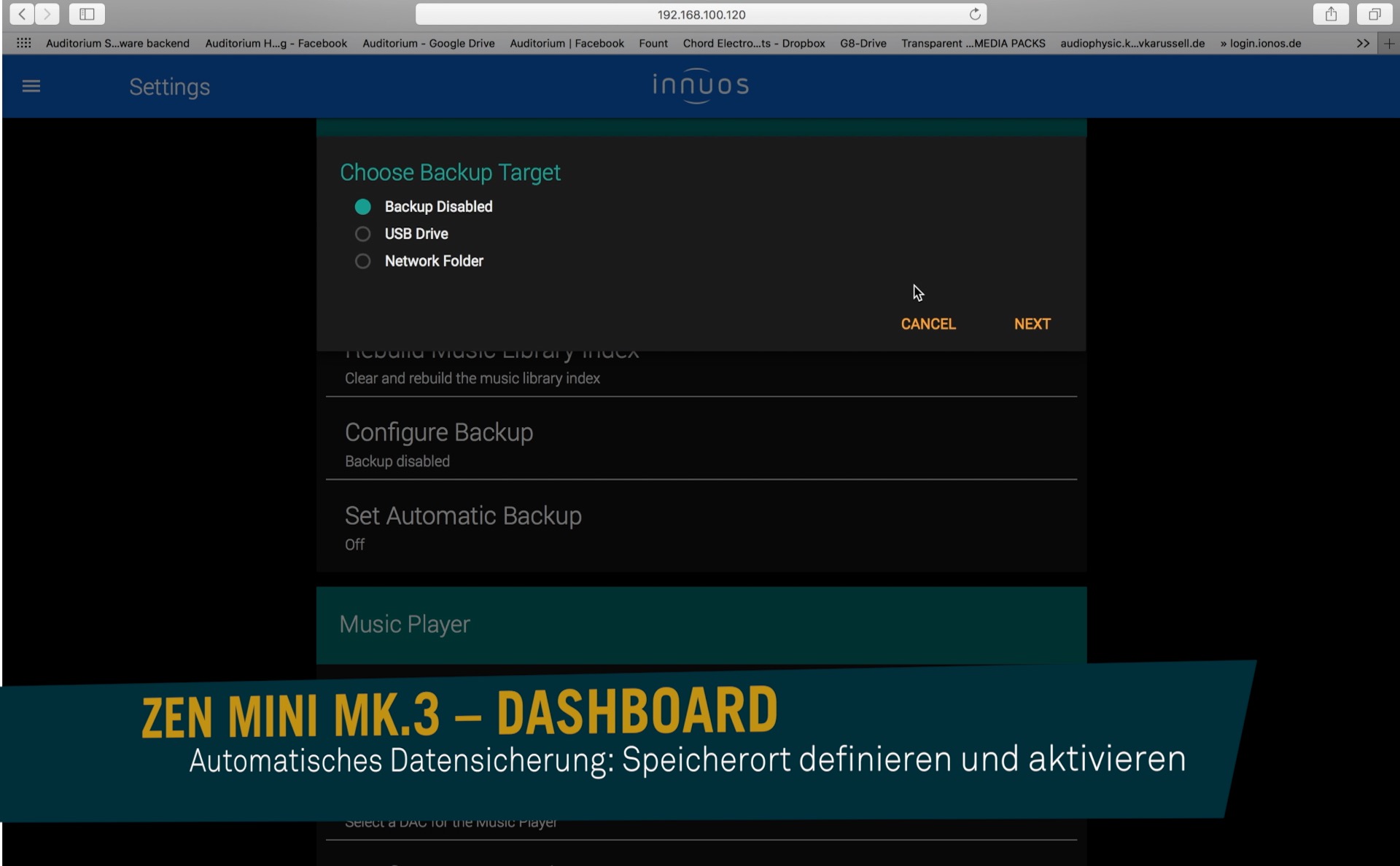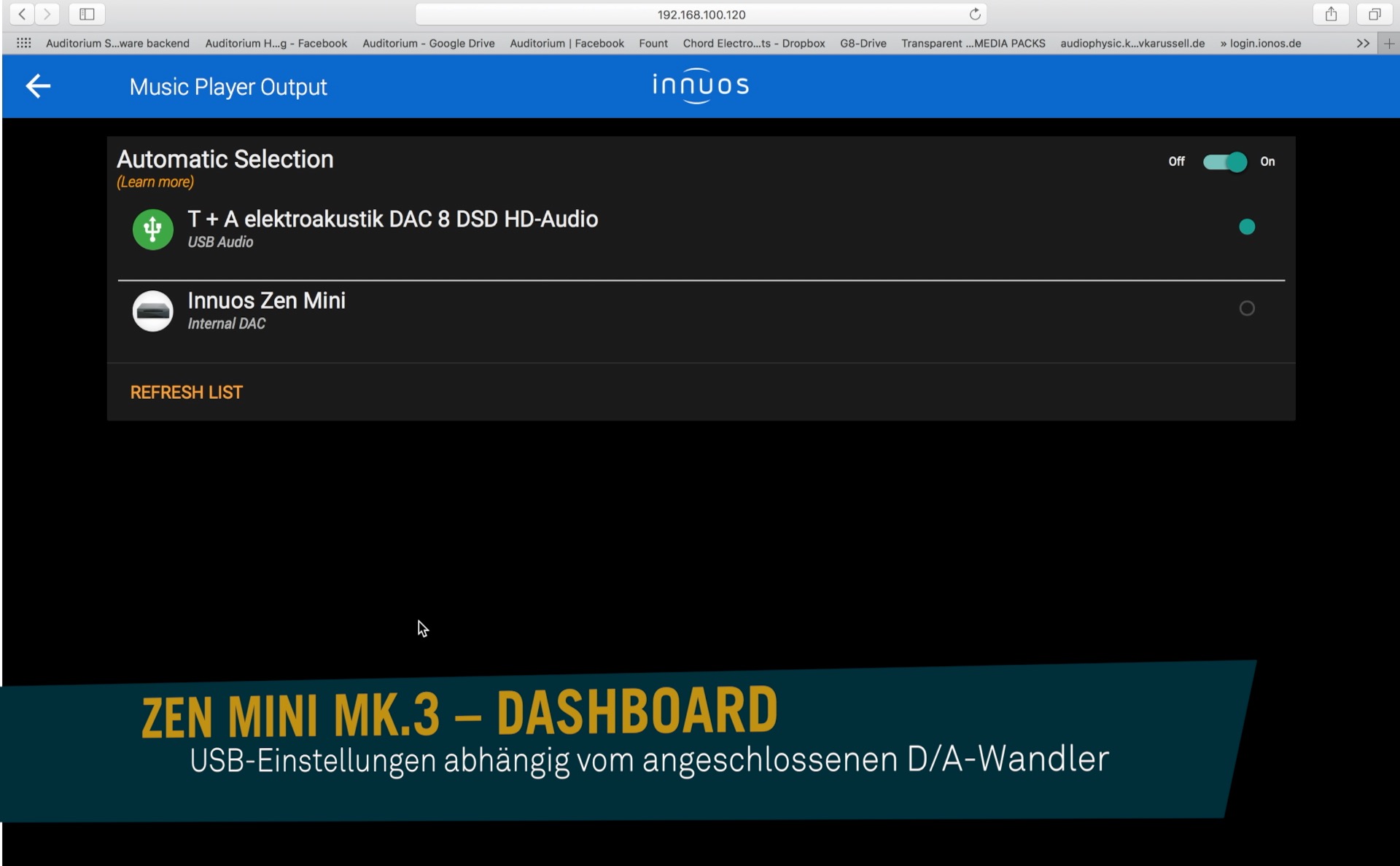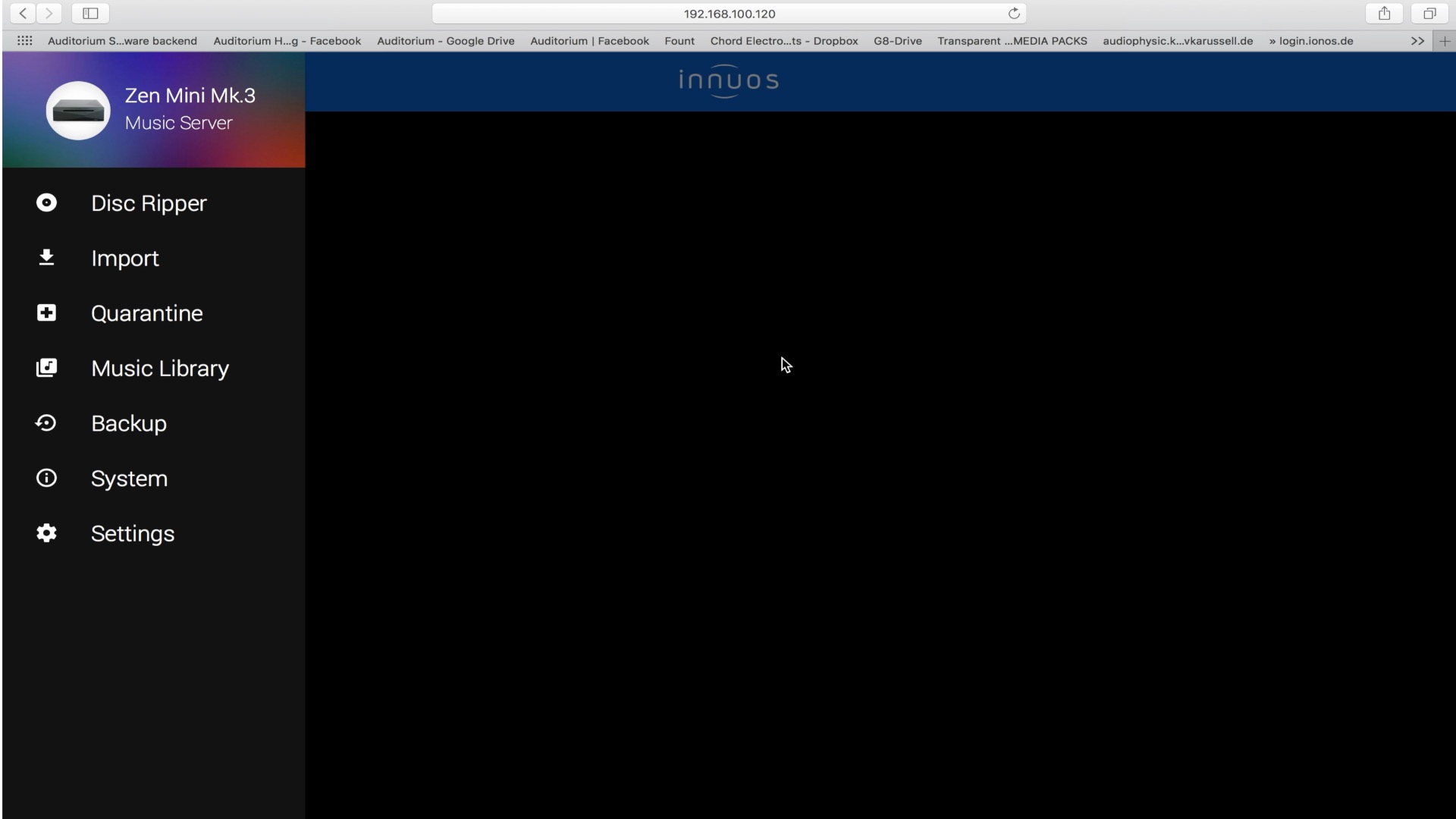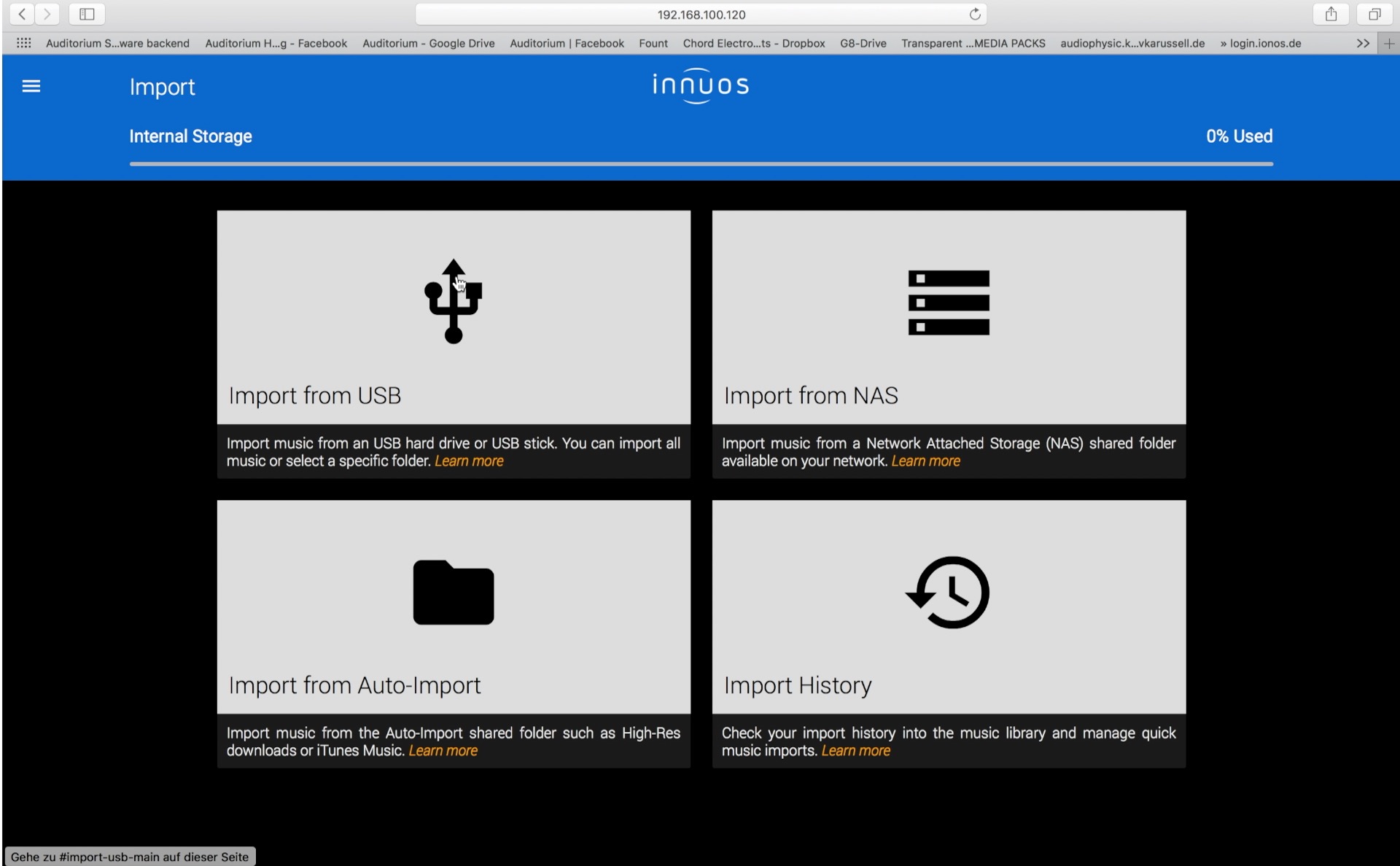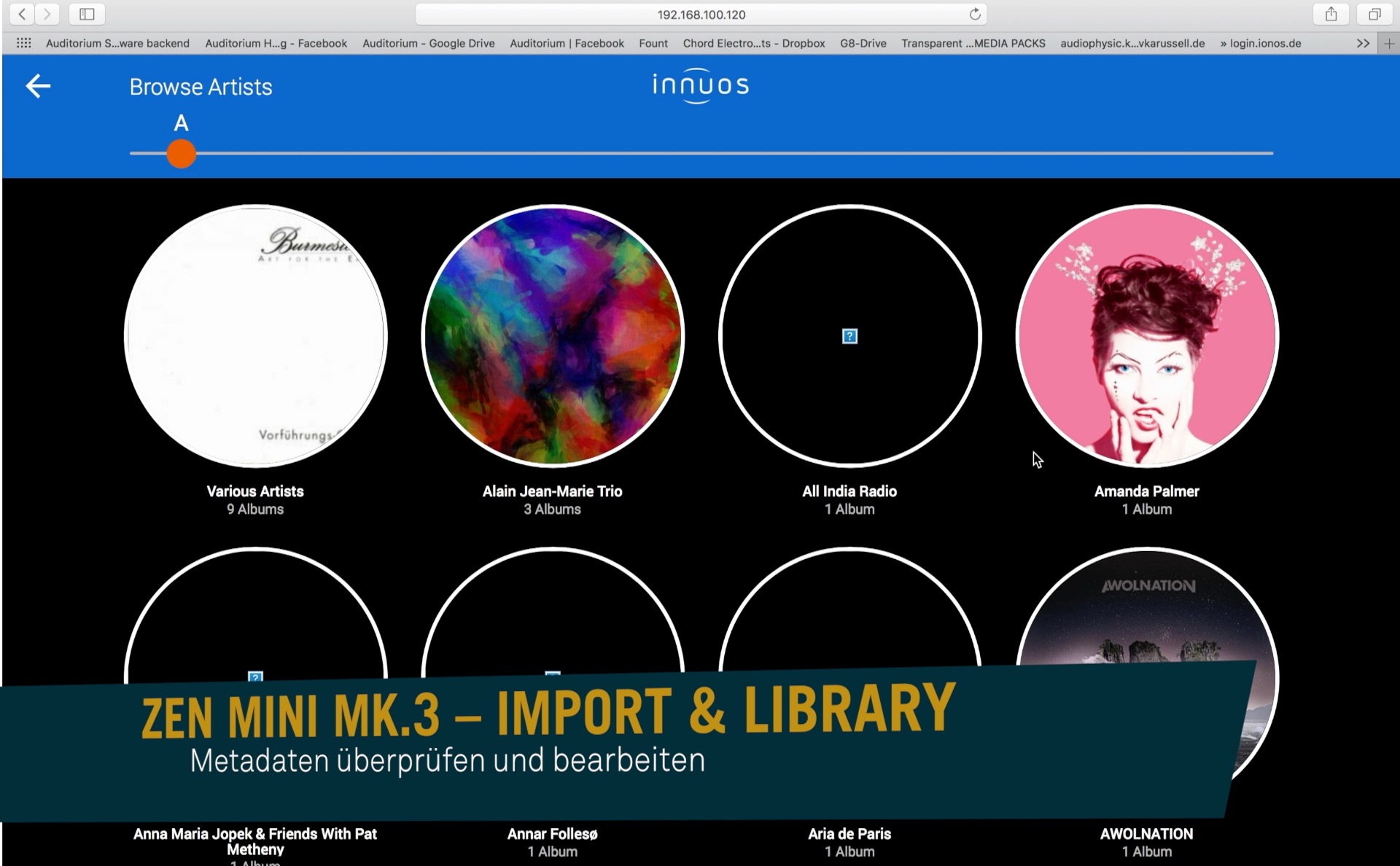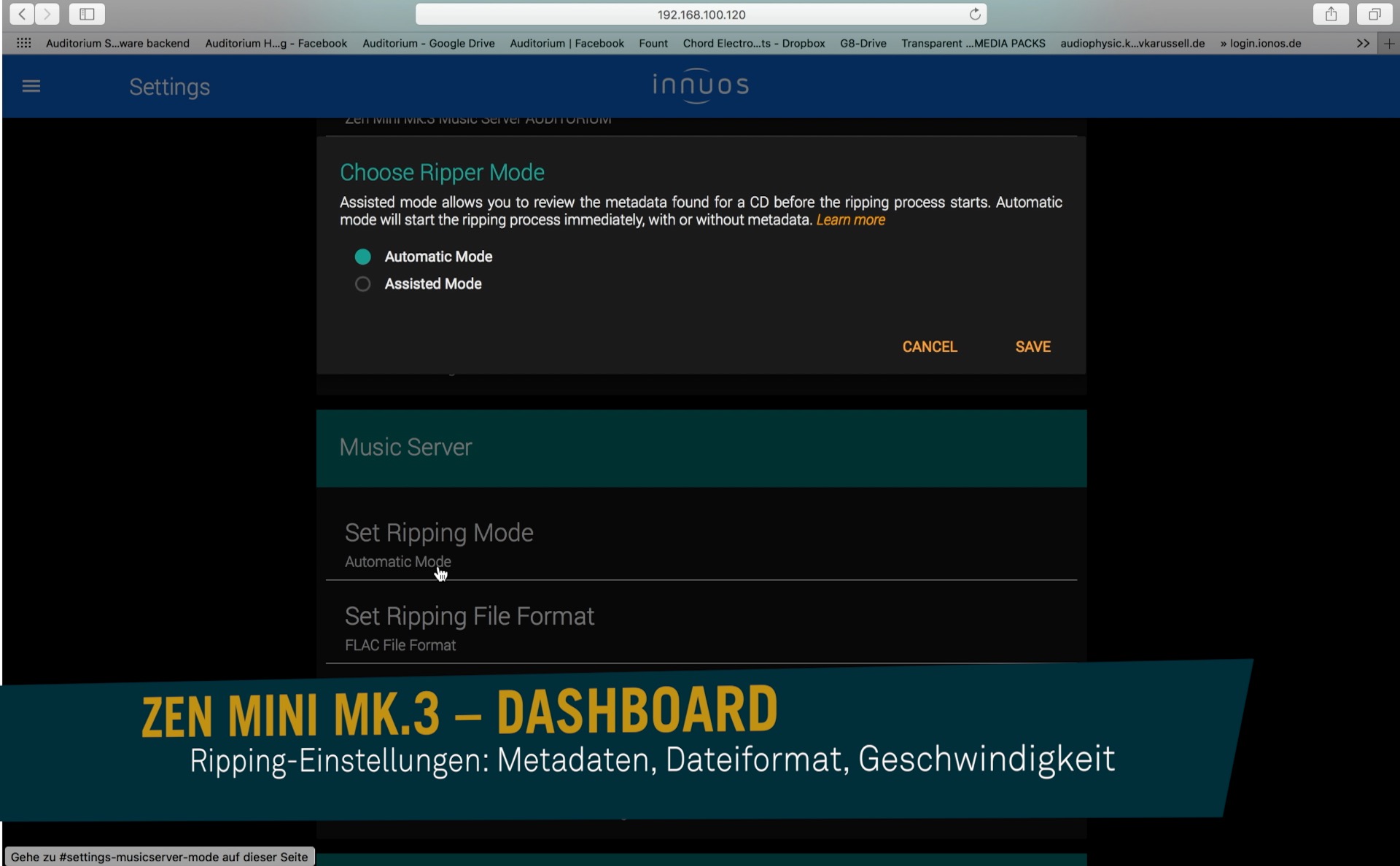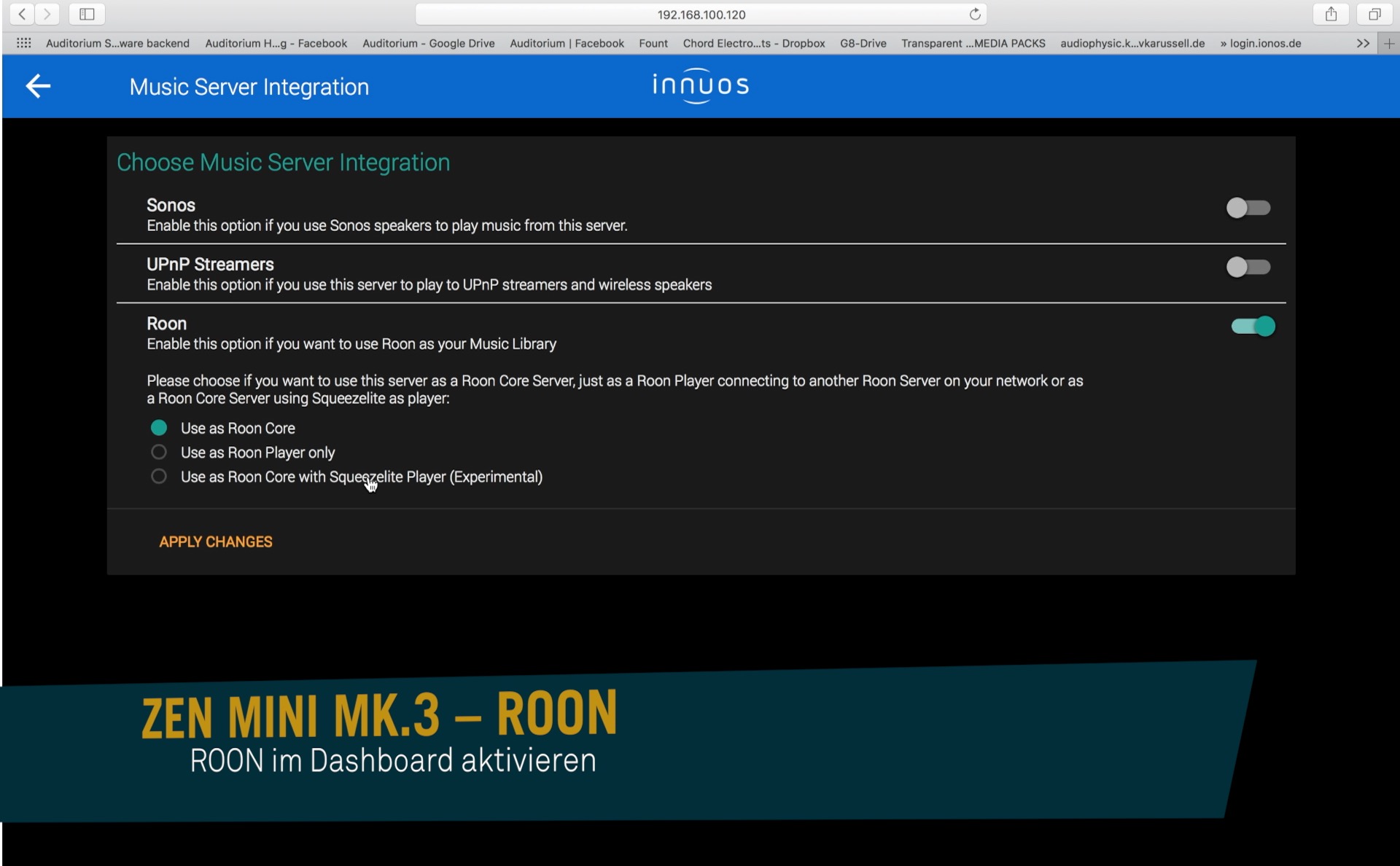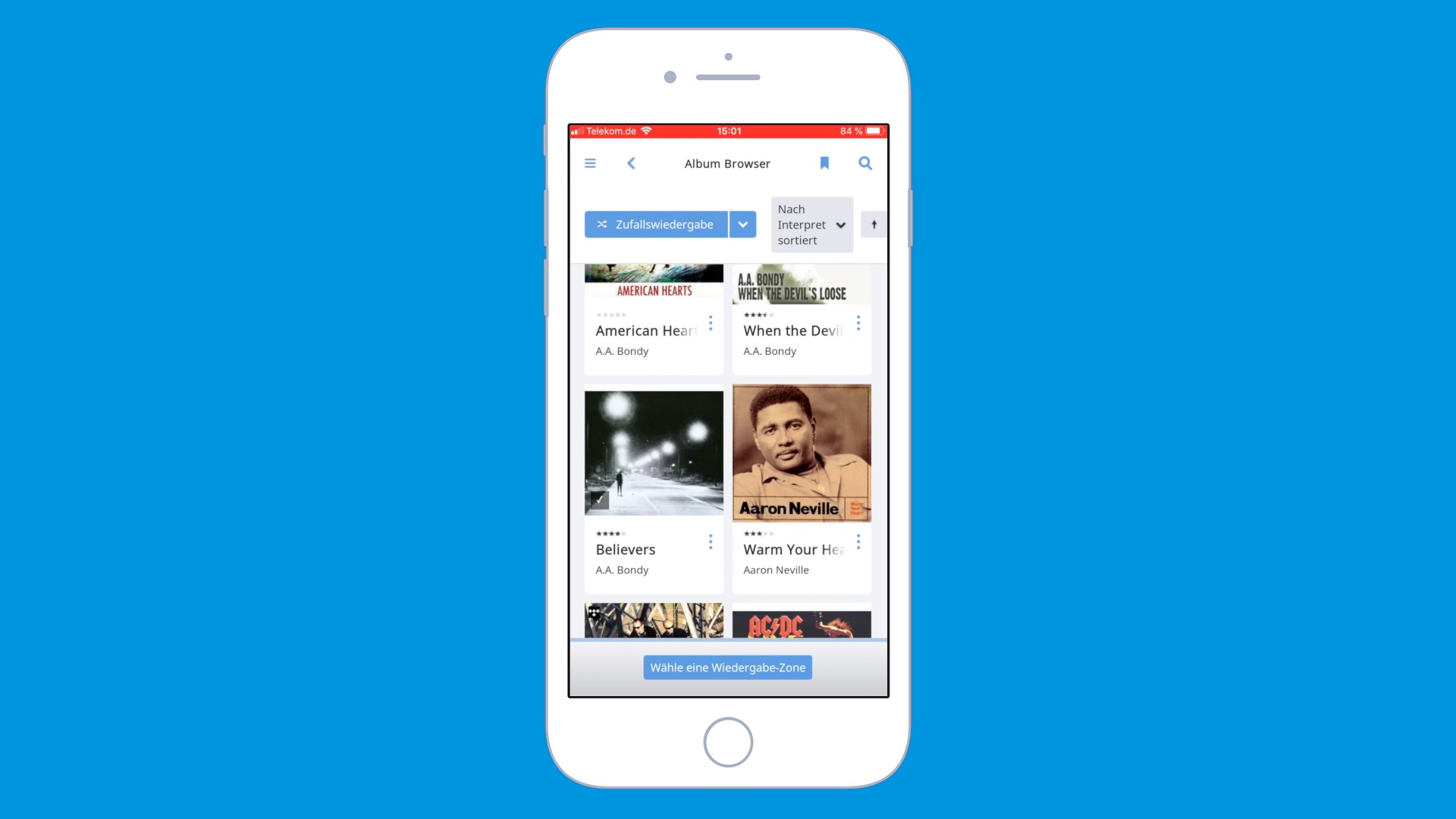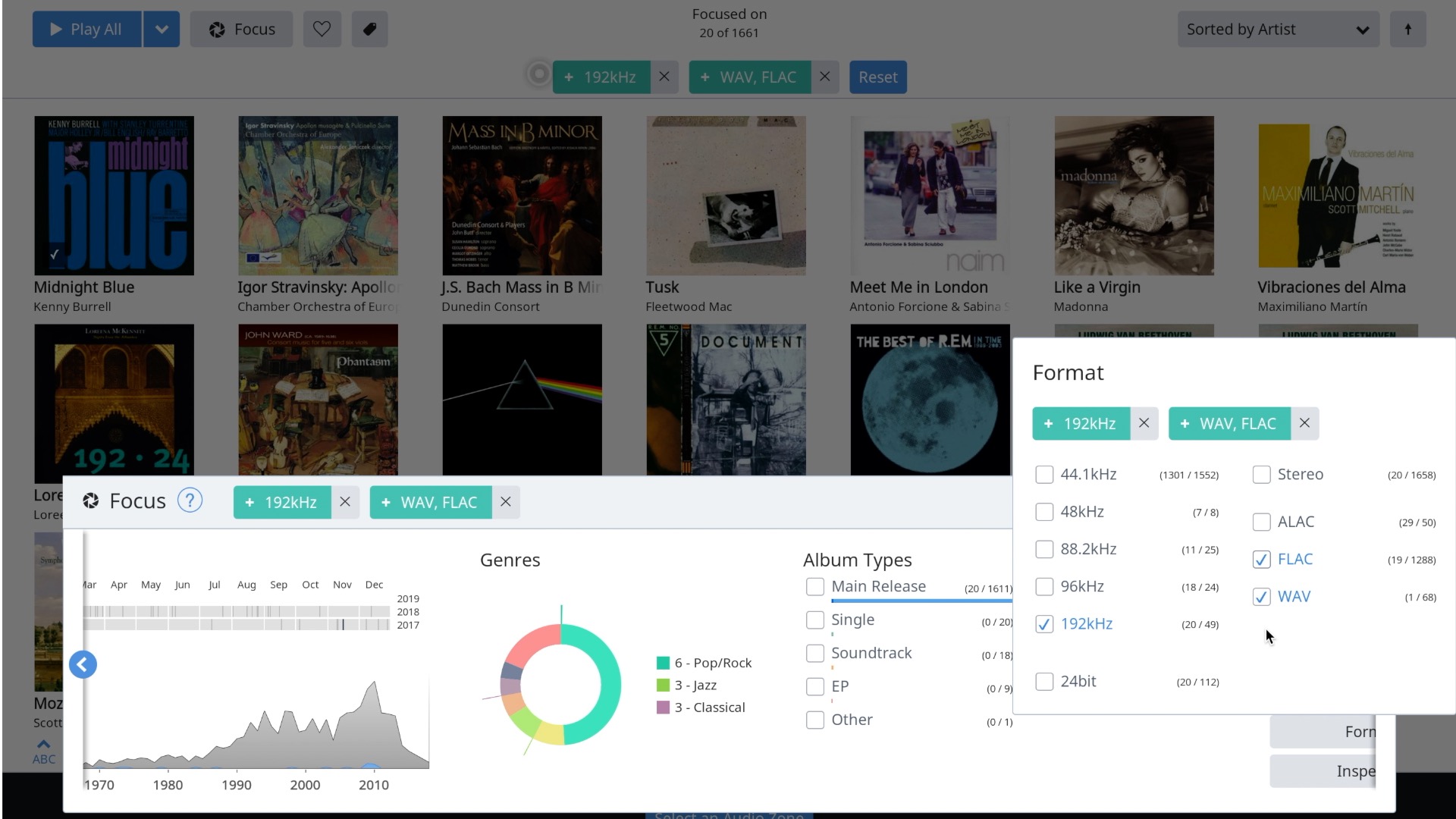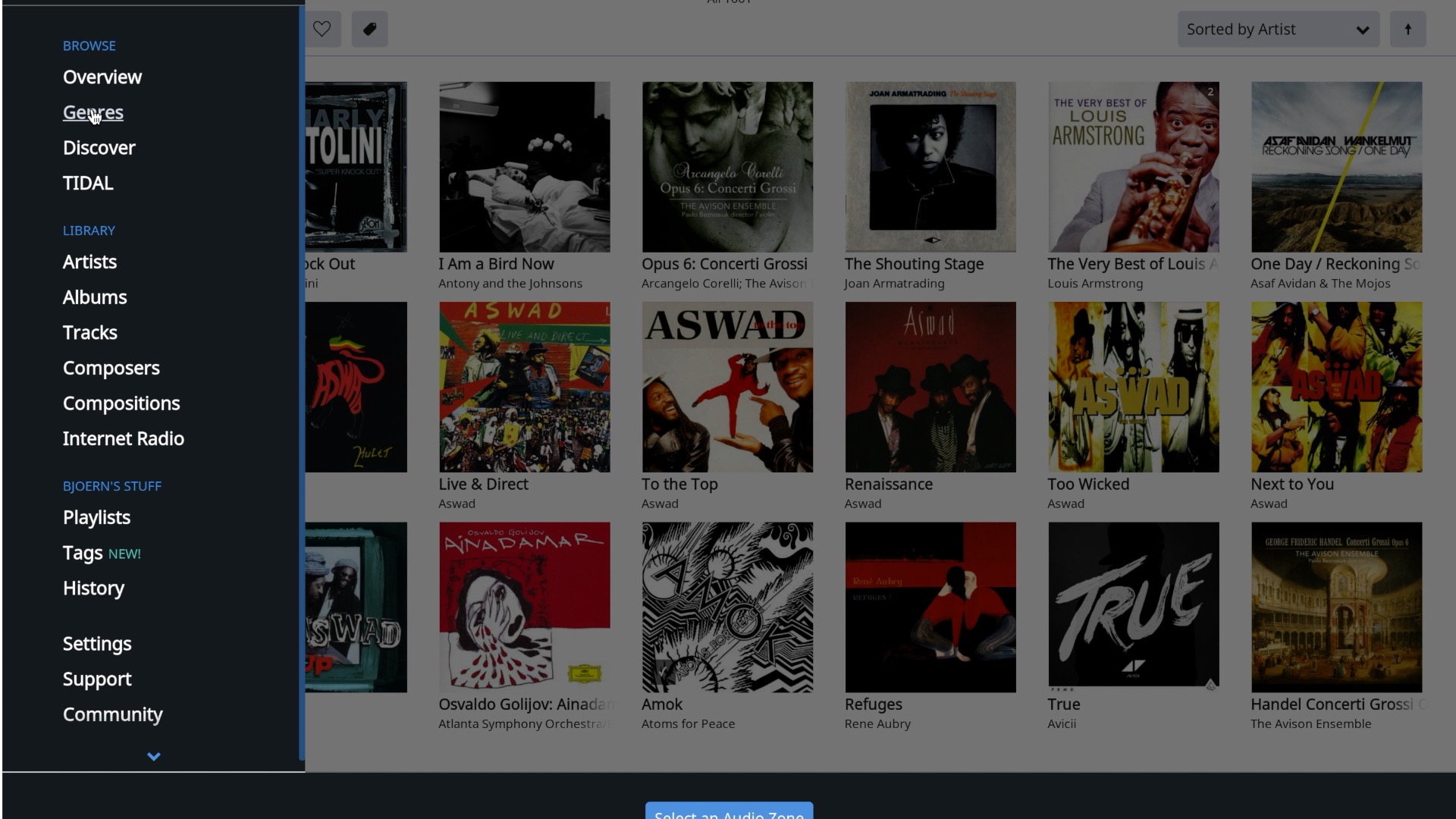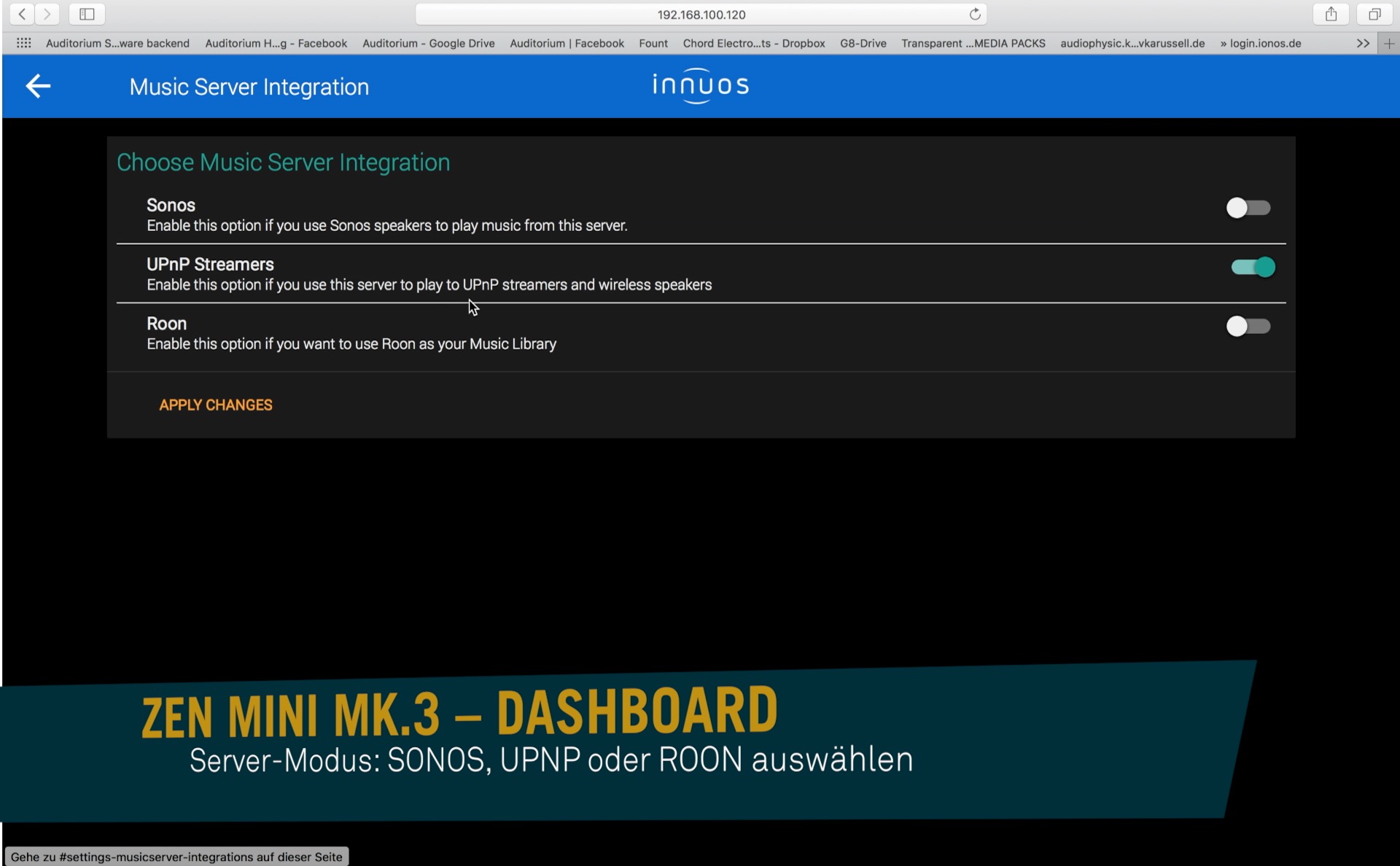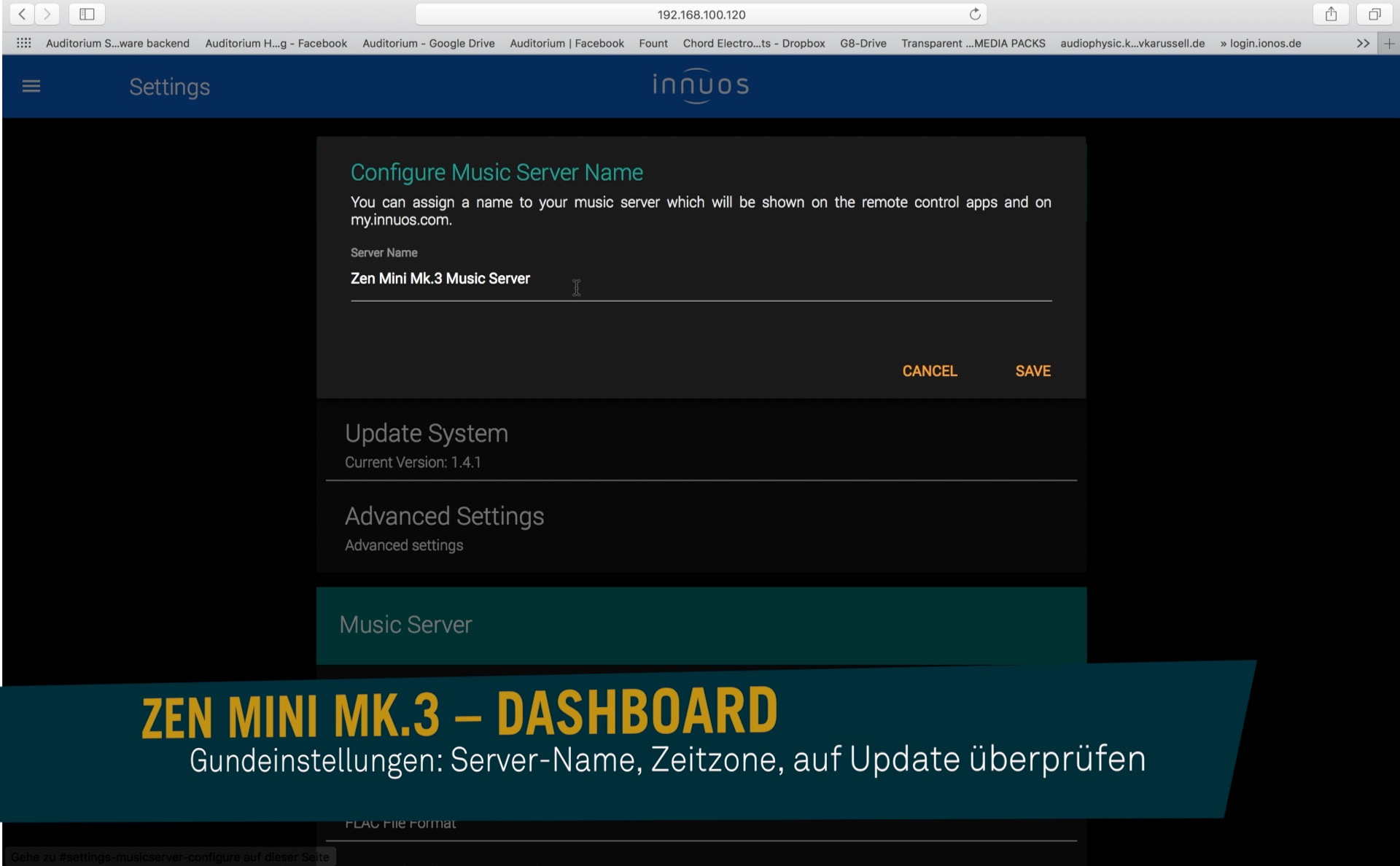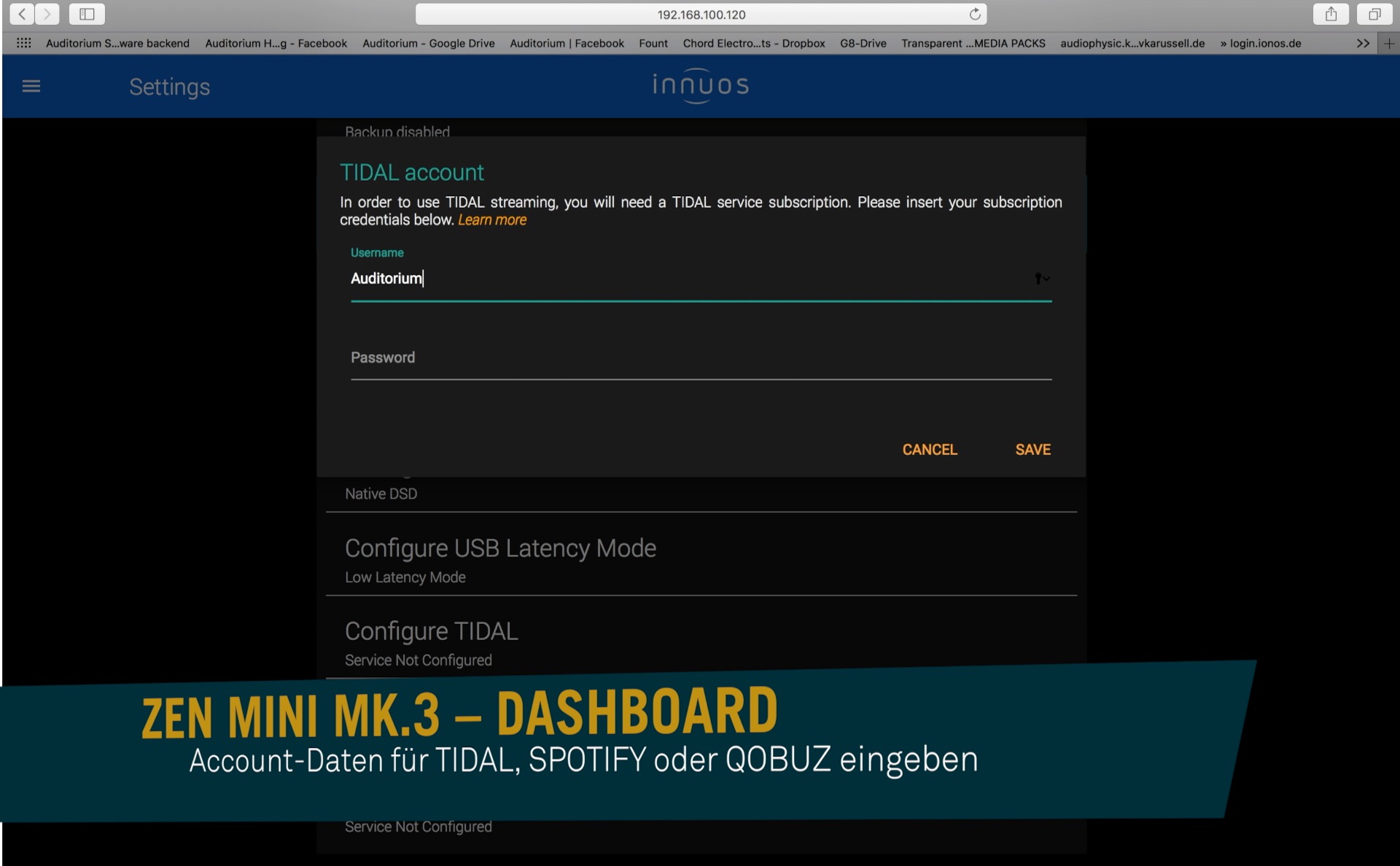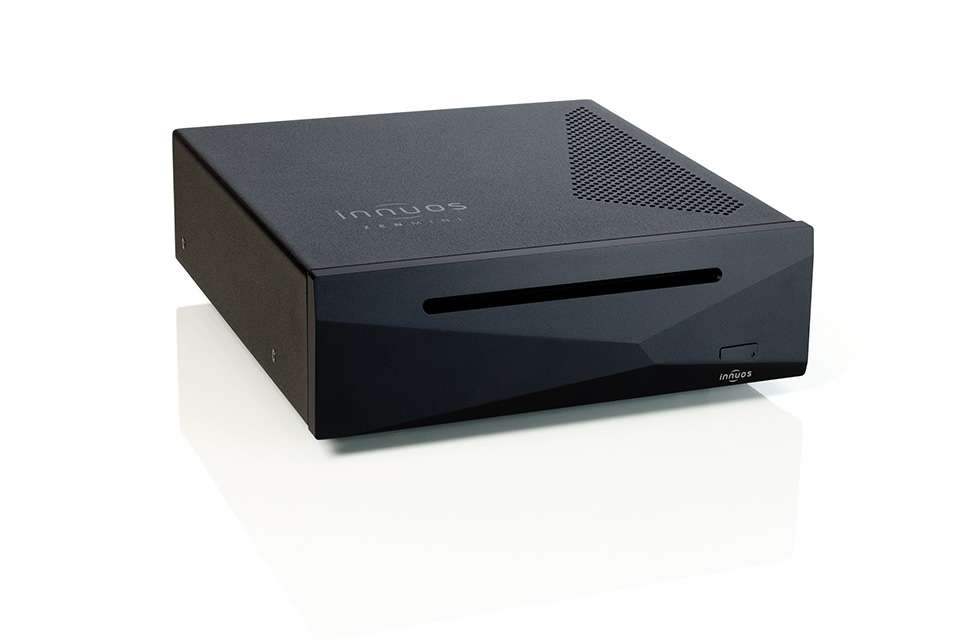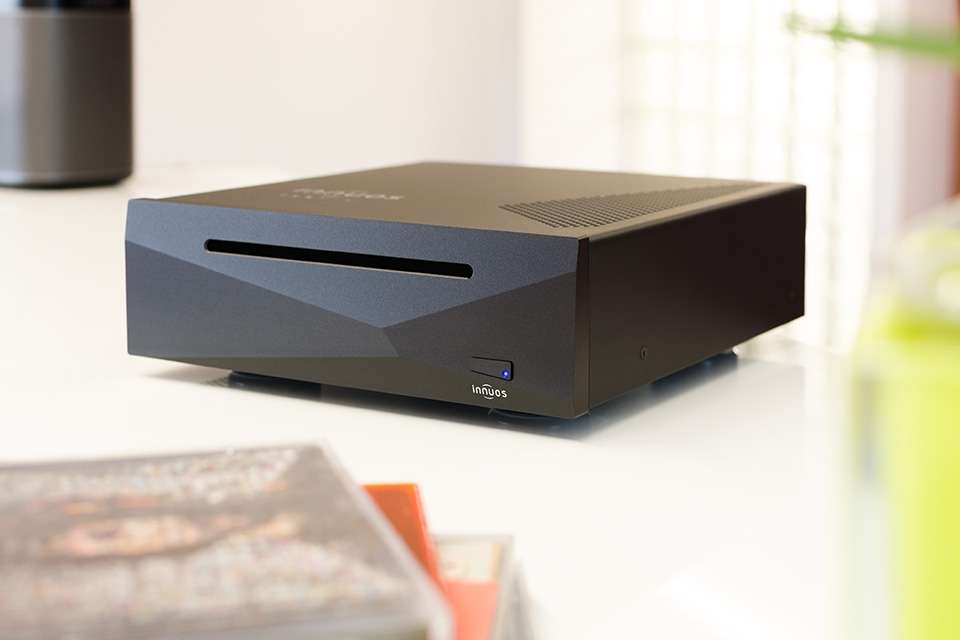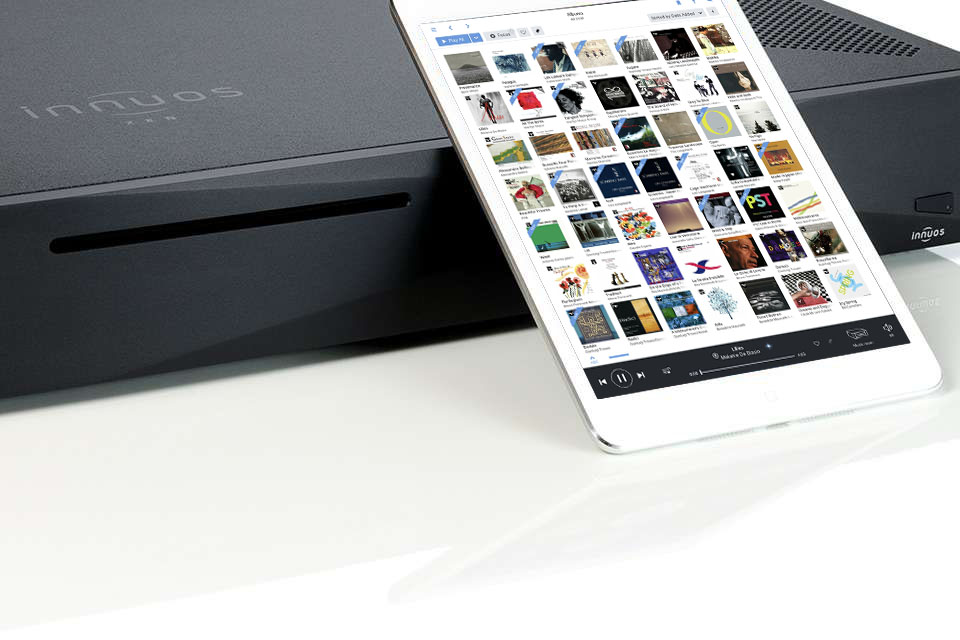Dream Duo: Innuos ZEN Music Server and ROON
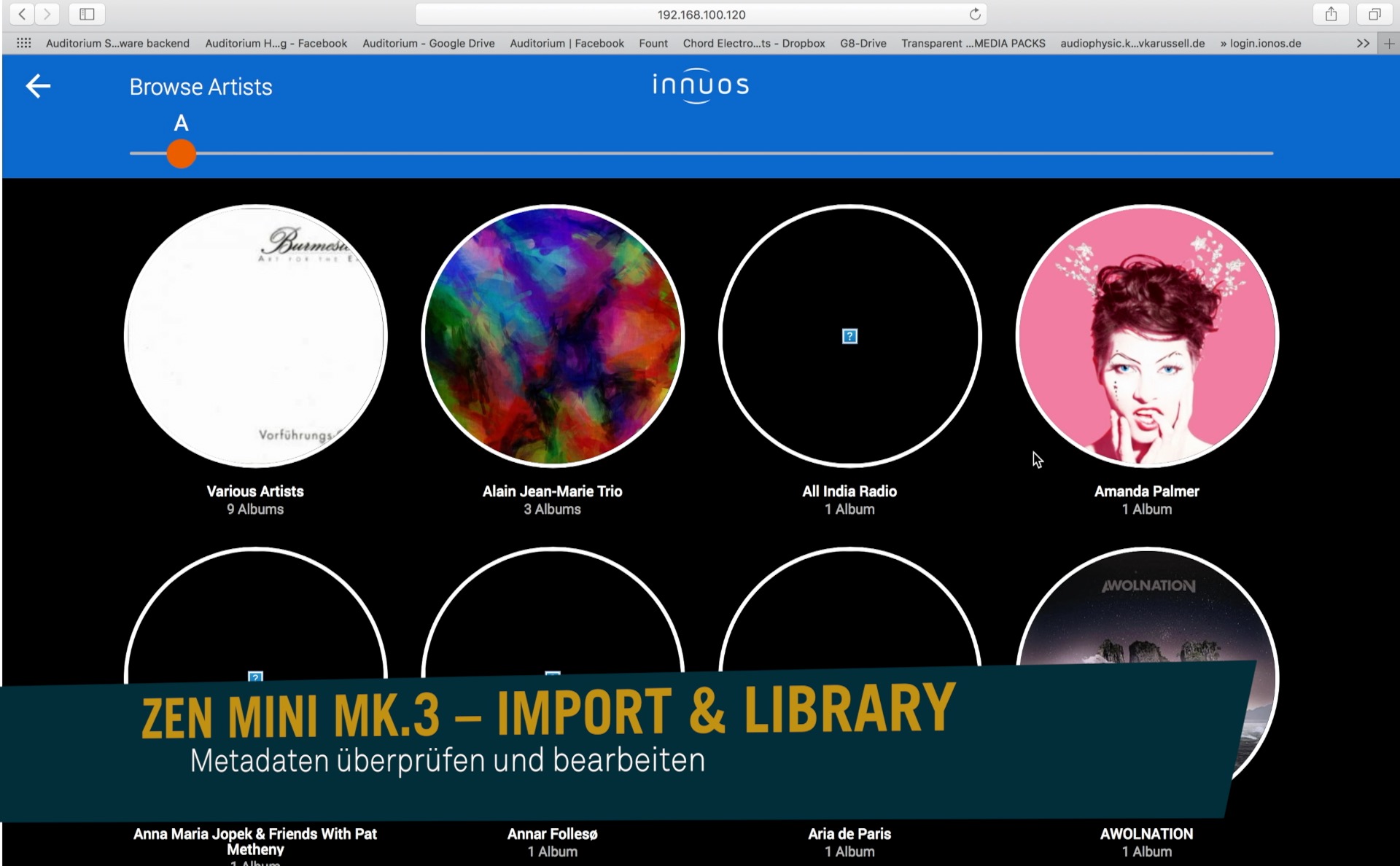
The British-Portuguese company Innuos has been exciting both experts and hi-fi fans alike for several years with its ZEN music servers. The design and price are right, the hardware is high-quality and optimized for musical applications, and a self-developed operating system ensures both the best possible sound and very stable operation.
However, when it comes to controlling home streaming systems, the developers—like many of their competitors—rely on mobile apps from other manufacturers. Developing apps for mobile devices is a completely different field and requires different expertise than creating a music operating system. Additionally, in the extremely fast-paced world of mobile technology, an app that has just been developed is almost already obsolete and requires constant updating. Specialists in this field simply handle it better.
In addition, Innuos supports the open UPnP standard, so users can select their favorite from the many available apps. Often, you’ve already had good experiences with a particular app and have become accustomed to using it. In most cases, you can continue to control your system as usual with that app, even after switching to Innuos.

There is, however, one system in the field of music software that has caused as much of a stir as Innuos has in music hardware. We’re talking, of course, about Roon, the all-in-one solution for music management, information database, sonically optimized software player, highly specialized server, and handy mobile app with an enormous range of functions that is unmatched worldwide—and has been for years. Roon is a prime example of how smartly designed software combined with easy operation can make dealing with modern digital media a truly sensual experience. In other words: Roon doesn’t just work exceptionally well, it’s also a lot of fun to use.
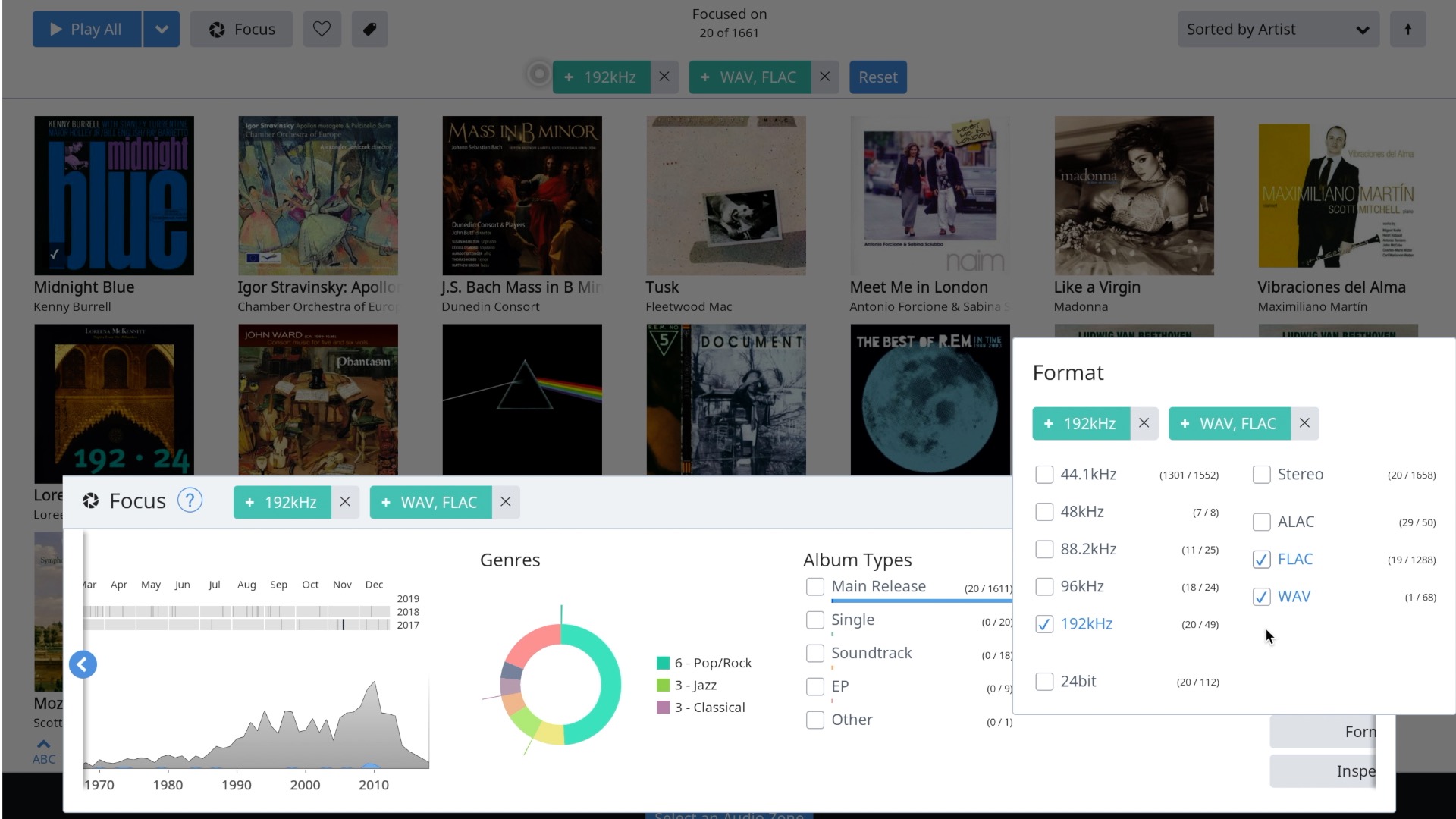
At the same time, Roon is anything but a simple toy. On the contrary: if you want, you can dive as deep into the system settings of Roon as only trained IT specialists usually can. But you also don’t have to engage with it if you don’t want to.
You can find more details about Roon in an earlier blog post.
But back to Innuos. Although the developers are quite satisfied with their own solutions, they have the wisdom to recognize that Roon simply takes a few decisive steps further and, if only due to its huge and constantly updated database of musical information, is simply unbeatable. However, the world of digital high-end is small, so the decision makers at Innuos and Roon have long since come to know and appreciate each other. And they have made a decision that’s rather unusual in the traditional business world. Even though Roon has been offering its own servers for a while now, meaning Innuos would typically be considered a competitor, the Americans have allowed Innuos to offer its users a full Roon Core integration as an option. Roon then takes over part of the functions from the Innuos operating system, turning the ZEN server into a fully-fledged Roon server on the network. Of course, a paid Roon account is required for this. At just under 120 US dollars per year or a one-time payment of 500 US dollars, it may not be exactly cheap, but the continuous, meaningful updates, excellent functionality, and above all the carefully maintained database with extensive additional information make this investment absolutely worthwhile.
You can get an overview of setting up an Innuos server and activating Roon in the following tutorial video. Further information and prices for the various Innuos ZEN servers can be found on auditorium.de.
Tutorial: Innuos ZEN Mini Mk.3 and Roon:
